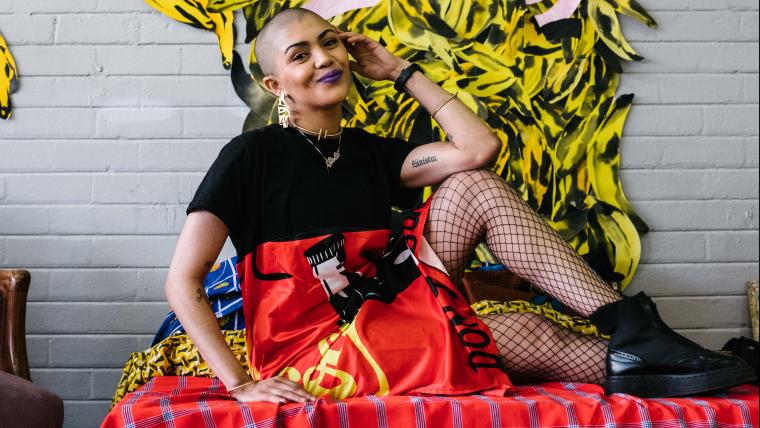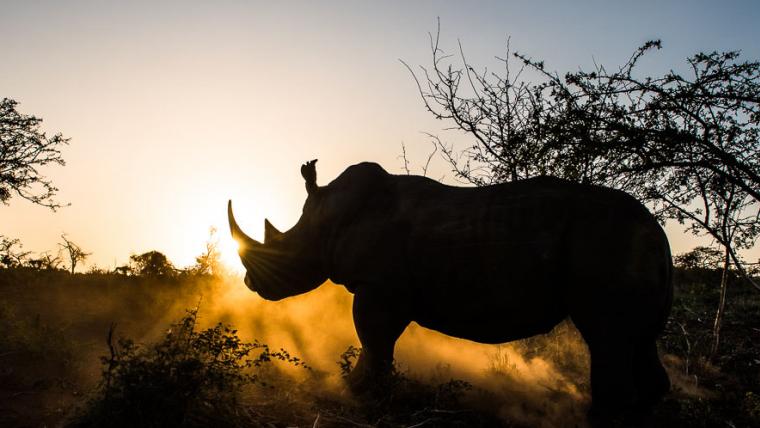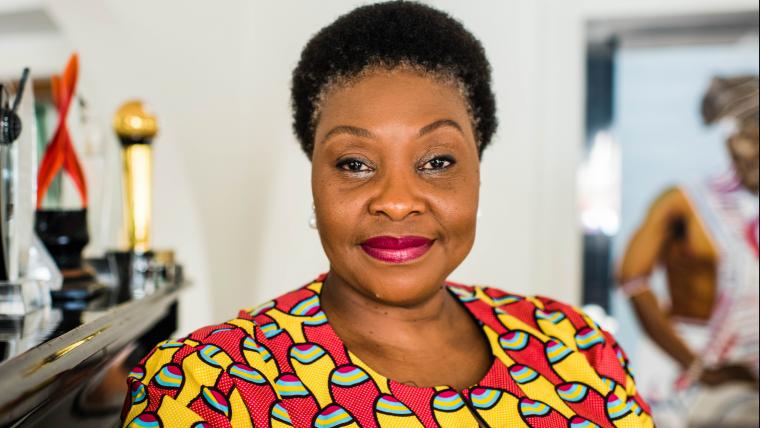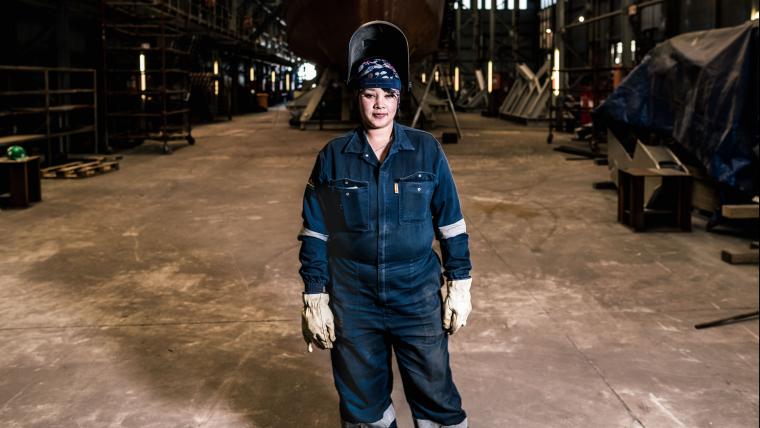
She didn’t fit in at art school. But Lady Skollie creates to stand out
Lady Skollie has never shied away from tackling the taboo. Using symbolic images in ink, watercolour and crayon, she addresses issues of sex, consent, relationships and social politics. Her collective work, which includes podcasts, zines, and paintings, is more than art – it’s sex education and protest.
Encouraged by her parents, Laura Windvogel – the artist who creates as Lady Skollie – pursued every creative outlet available to her. It was a way for her to discover her talents, and to compensate for the opportunities her family had been denied during apartheid. Her love for visual art led her to study the subject, but her experience at university was not what she had imagined. “I went to a very reputable art school,” she says. “I never really felt welcomed there and then I understood that it was just the specific type of artist that they wanted that I was not.”
The Lady Skollie moniker allows Windvogel to reject identity binaries and industry expectations and be the artist she is. This defiance extends to the content of her art. Her exhibition, Hottentot $kollie, portrayed Sarah Baartman – a Khoi woman taken from her home and exhibited all over Europe in human zoos because of her large buttocks – to speak about the way women have continuously been objectified. Windvogel’s solo show, Fire with Fire, at the Johannesburg Art Fair this year was influenced by Khoi painting and storytelling and confronted issues of gender violence.
By treating art as a form of commentary and rebellion, Windvogel shares her message with South Africa and the rest of the world. She has exhibited at numerous galleries and art fairs, and had her first solo international exhibition at the Tyburn Gallery in London. The artistic activist also uses social media to break out of the exclusivity of typical art spaces. Her presence in the digital sphere allows her to represent herself, without pandering to the expectations or imposed standards of others. Lady Skollie is a dynamic influence in the art industry, and the voice we need – one that roars.






























Please sign in to leave a comment